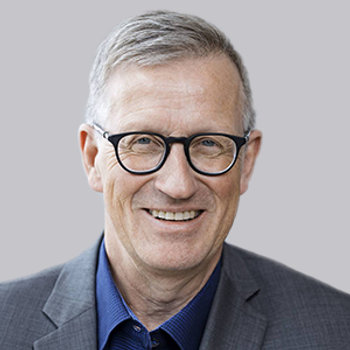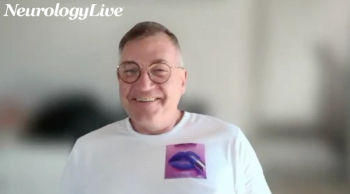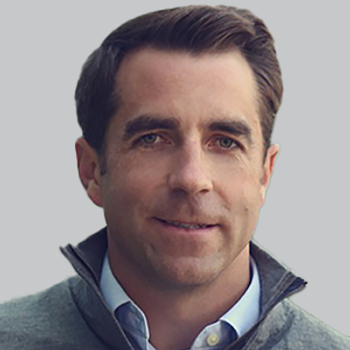
Socioeconomic Struggles Observed Among AQP4-Positive Patients With NMOSD
The study highlights a dramatic decrease in income for patients following disease onset and a significantly higher proportion of them requiring social welfare jobs or disability pensions.
A nationwide registry-based smaller-scale study of Danish patients with aquaporin-4-antibody seropositive neuromyelitis optica spectrum disorder (NMOSD) highlighted several of the socioeconomic burden patients face, especially early following disease onset. Overall, the study showed that the disease is strongly associated with an increased risk of losing income, being on a “flexjob,” or on disability pension compared with the general population.1
The longitudinal study, which spanned from 1992 to 2021, included 65 patients from the Danish Multiple Sclerosis Registry with a median follow-up of 8.6 years. Using a comparator cohort, the main outcomes were loss of regular income from salary for a full calendar year and annual median income expressed in 2015-index Euro, disability pension, and “flexjob” defined as the first transfer payment labelled as such.
Led by Viktoria Papp, PhD, an associate professor at Odense University Hospital, the study also explored civil status. Despite having a similar annual median income at baseline to controls, those with AQP4+ NMOSD saw their income significantly drop from 22,631 2015 indexed-Euro t o 13,285 2015 indexed-Euro, a 41% decrease, 1 year after their disease onset. In addition, results on a cumulative incidence curve revealed that 69.3% (95% CI, 41.4%-92.7%) of diagnosed patients had lost their income from salaries 2 years after disease onset, while it was only 24.2% (95% CI, 16.3%-35.0%) for matched controls.
"Our results show a dramatic change in socioeconomic status of patients with NMOSD occurring within a few years after the disease onset," Papp et al wrote. "Therefore, it is important to emphasise the potential impact and the need for prompt and highly effective treatment from disease onset along with aggressive relapse treatment to provide the highest probability of complete recovery from relapse and to prevent disability accumulation to protect ability to remain fully employed."
READ MORE:
Between those with AQP4+ NMOSD and matched controls, a significantly higher proportion of patients with NMOSD were granted disability pensions (37% vs 14%; P <.000) or “flexjob” (17% vs 4%; P <.000) at the end of follow-up. For context, “flexjob” was introduced in 1998 as a special social welfare job offering reduced and flexible working hours adjusted to the permanently reduced working capability. Two years following disease onset, 32.9% (95% CI, 19.7%-51.5%) of patients reached disability pension and 15.5% (95% CI, 6.1%-36.4%) reached “flexjob,” whereas the proportion of controls reaching the outcome was 2.1% (95% CI, 0.9%-4.1%) for disability pension and 1.3% (95% CI, 0.5%-3.5%) for “flexjob.”
Additional data from the study showed that relative to those without disability pension, 17% of patients on disability pension during the study follow-up experienced a multifocal relapse as the first disease manifestation (17.4% vs 0%; P = .02). Rituximab as treatment at least follow-up tended to be slightly more frequent among patients not on disability pension (<3 vs 5; P = .009).
The socioeconomic burden of NMOSD has been documented before, including a
In the study, the average reported number of emergency visits related to NMOSD was 3.6 visits (SD, 4.1), and average number of hospital admissions including inpatient rehabilitation stays was 1.7 visits (SD, 2.7) over the past 3 years. The mean duration of hospital admission was 15 days. Participants reported that those hospitalizations were for new relapse events in 66% of cases, 18% of cases for NMOSD treatment, and 16% of cases for complications of prior relapses.
REFERENCES
1. Papp V, Wandall-Holm M, Svendsen K, et al. Socioeconomic burden of AQP4-antibody seropositive NMOSD: a nationwide registry-based study. Neurol, Neurosurg, and Psych. Published online July 22, 2024. doi:10.1136/jnnp-2024-333790
Newsletter
Keep your finger on the pulse of neurology—subscribe to NeurologyLive for expert interviews, new data, and breakthrough treatment updates.









































